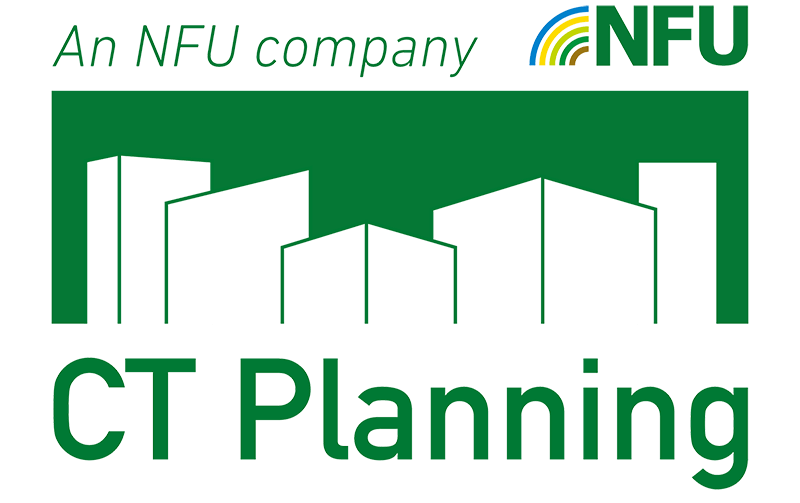“Biodiversity net gain is a way of creating and improving biodiversity by requiring development to have a positive impact (‘net gain’) on biodiversity.”
(Source: National Planning Policy Guidance)
Biodiversity net gain applies to all planning applications made in England on or after 2 April 2024. This includes any agricultural development that requires planning permission.
Biodiversity Net Gain is an approach to development that ensures habitats for wildlife are left in a measurably better state after a development has taken place than they were before the development. The Objective is to achieve at least a 10% increase in biodiversity value relative to the pre-development state of the site.
Exemptions from Biodiversity Net Gain:
There are specific exemptions from Biodiversity Net Gain for certain types of development. Biodiversity net gain does not apply to:
- retrospective planning permissions made under section 73A; and
- Development subject to the de minimis exemption. Development that does not impact a priority habitat and impacts less than 25 square metres (e.g. 5m by 5m) of onsite habitat, or 5 metres of linear habitats such as hedgerows.
- Householder development.
- Self-build and custom build development.
- Applications to amend existing planning permissions (made under Section 73 of the Town and Country Planning Act) where the original permission was either granted before 12 February 2024 or the application for the original permission was made before 12 February 2024
- Development granted planning permission by a development order – this includes permitted development rights.
- Urgent Crown development granted permission under section 293A of the Town and Country Planning Act 1990.
- Development of a biodiversity gain site.
- Development related to the high-speed railway transport network.
Planning Applications
Applicants are encouraged to consider biodiversity net gain early in the development process and factor it into site selection and design. When a planning application is submitted for development which the applicant believes is subject to the biodiversity gain condition, there are minimum national information requirements related to biodiversity net gain which the applicant must provide.
There is now a mandatory question on all planning application forms relating to Biodiversity Net Gain; applications made via the Planning Portal will prompt you to answer: “Does BNG apply?” In doing so, Applicants will be required to provide the following information:
- Pre-development biodiversity value of the site (completed metric)
- Confirmation of date applied (any habitat degradation since 30 Jan 2020)
- Any irreplaceable habitats within the site?
- A plan showing on-site habitat pre-development
The assistance of an ecologist will assist in the preparation of a planning application.
Biodiversity Gain Plan
Once planning permission has been granted, unless exempt, a Biodiversity Gain Plan must be submitted and approved prior to the commencement of that development. This Plan is the mechanism to ensure that the biodiversity gain objective is met and in particular:
- the post-development biodiversity value of the development’s onsite habitat is accurate based on the approved plans and drawings for the development;
- any offsite biodiversity gains have been registered and allocated to the development; and
- biodiversity credits, if they are necessary for the development, have been purchased.
Enforcement of BNG
Following the approval of the Biodiversity Gain Plan and commencement of development, local planning authorities will monitor the implementation of the biodiversity net gain Plan and, where appropriate, take enforcement action if commitments relating to the Plan are not met.
Failure to comply with the biodiversity gain condition by commencing development without approval of the Biodiversity Gain Plan will be a breach of planning control. Local planning authorities have a range of planning enforcement powers and have responsibility for taking whatever enforcement action may be necessary, in the public interest, in their area.
The maintenance of a significant onsite habitat enhancement must be secured by either a planning condition, planning obligation or conservation covenant for at least.





